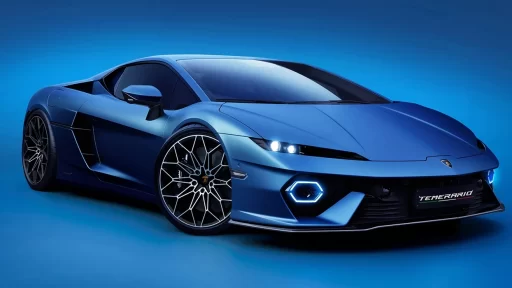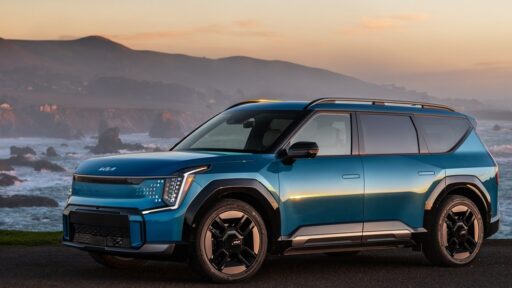Imagine capturing energy every time you press the brakes. It might sound like something out of a sci-fi movie, but it’s a reality thanks to regenerative braking, a groundbreaking technology that’s revolutionizing energy efficiency in electric vehicles (EVs).
So, what is regenerative braking? Simply put, it’s a system that enables EVs to reclaim some of the energy that would typically be lost as heat during braking. In traditional cars, the brakes work by creating friction, which converts the vehicle’s kinetic energy into heat, effectively wasting all that potential power. Regenerative braking, however, takes that kinetic energy and converts it back into electricity, which is then stored in the vehicle’s battery.
This might sound complex, but the concept is quite simple. In many EVs, including those with advanced systems like Polestar’s, regenerative braking activates when you either ease off the accelerator or press the brake pedal.
READ MORE: Porsche Marks 50 Years of the 911 Turbo with Exclusive Anniversary Model

Here’s how it works: The electric motor that powers the wheels reverses its role when you hit the brakes. Instead of drawing energy to move the car, the motor generates electricity by harnessing the kinetic energy from the wheels. This electricity is then fed back into the battery, essentially recycling the energy and boosting the vehicle’s efficiency.
A Closer Look at the Mechanics
Regenerative braking relies on three main components: the electric motor, the battery, and the control unit. When you hit the brakes, the control unit signals the motor to switch modes. The motor then uses the car’s momentum to generate electricity, which is stored in the battery.
This process happens quickly and seamlessly, but there’s more to it. For instance, the brake lights automatically engage during regenerative braking to alert other drivers, and the system can generate a force of up to 3G—equivalent to what you’d feel on a roller coaster. These details address some common concerns drivers have about how regenerative braking functions.
Imagine driving down a highway and needing to slow down for traffic. As you ease off the accelerator or press the brake, the regenerative system kicks in, converting the car’s kinetic energy into electrical energy instead of just slowing the vehicle through friction.
In Polestar models, a power and charge meter allows you to monitor this process in real-time. When you press the brake pedal, the meter displays the level of regenerative braking occurring. If you apply enough force, an orange bar appears, indicating that the friction brakes have engaged. Contrary to what some might assume, full-force braking isn’t required to activate the friction brakes—they can engage with moderate pressure or when the battery is fully charged. This approach ensures smooth, efficient braking while maximizing energy recovery.
The Benefits of Regenerative Braking
One of the most significant benefits of regenerative braking is its impact on energy efficiency. By capturing energy that would otherwise be lost, EVs can extend their range, allowing you to drive further on a single charge. This feature is especially beneficial in challenges like Polestar’s One Charge Challenge, where every bit of efficiency counts.
There’s also a cost-saving aspect. Regenerative braking reduces the wear and tear on traditional brake components, meaning fewer trips to the mechanic for brake pad replacements. With less reliance on friction brakes, you’ll experience lower maintenance costs over time.

Regenerative Braking in Polestars
Polestar vehicles showcase how regenerative braking and one-pedal driving can be seamlessly integrated, or “blended braking,” as it’s often called. While Polestar models include a brake pedal, it often goes unused in everyday driving. By activating one-pedal drive mode, releasing the accelerator brings the car to a stop, reversing the torque direction of the electric motors and engaging the disc brakes when needed.
Driving with just one pedal quickly becomes second nature. To further enhance the experience, Polestar allows you to adjust the braking intensity to suit your driving style. Opt for “Low” for more coasting on highways, “Standard” for greater stopping power in city traffic, or “Off” if you prefer full coasting and using both pedals.
When regenerative braking is active, releasing the accelerator or pressing the brake pedal reverses the torque of the electric motors. This not only decelerates the car but also converts the kinetic energy into electricity that recharges the battery. As a result, every time you slow down, you’re generating useful energy instead of wasting it as heat.
In short, with regenerative braking, less speed means more energy.
READ MORE: The 2025 Lincoln Navigator: A Spectacular New Arrival with Unmatched Luxury
Subscribe today for the freshest car news delivered to your inbox




